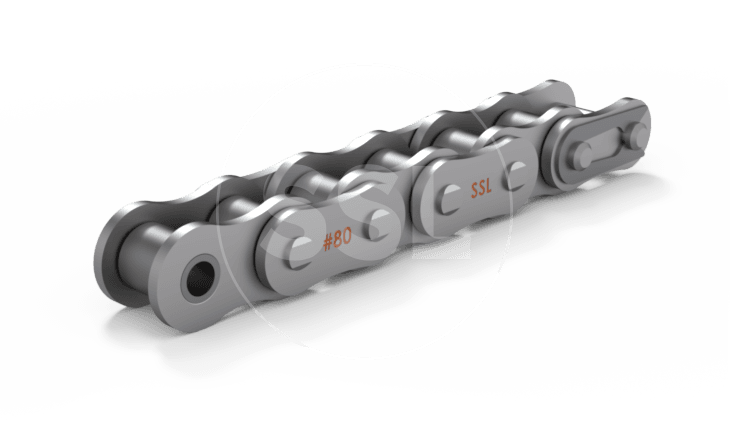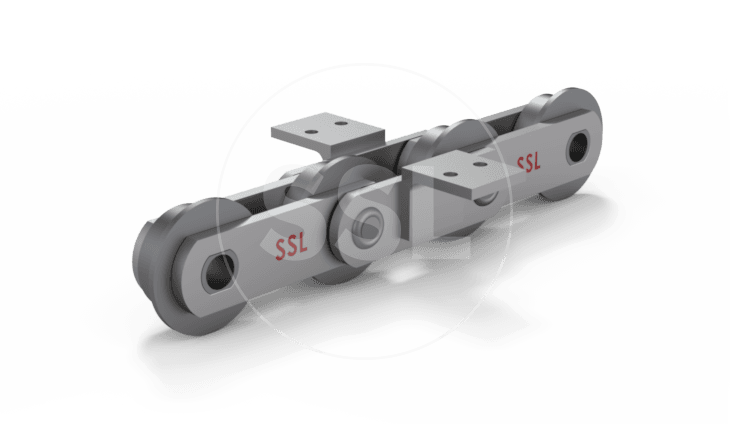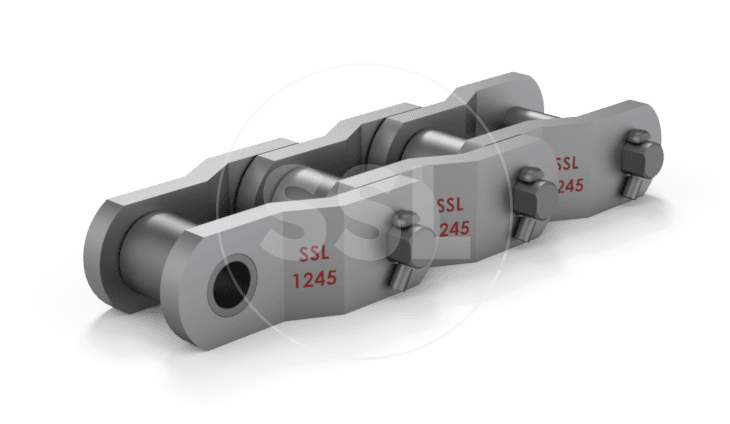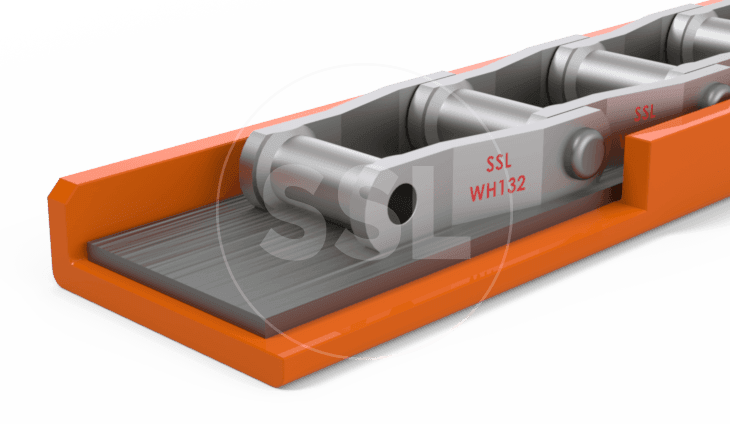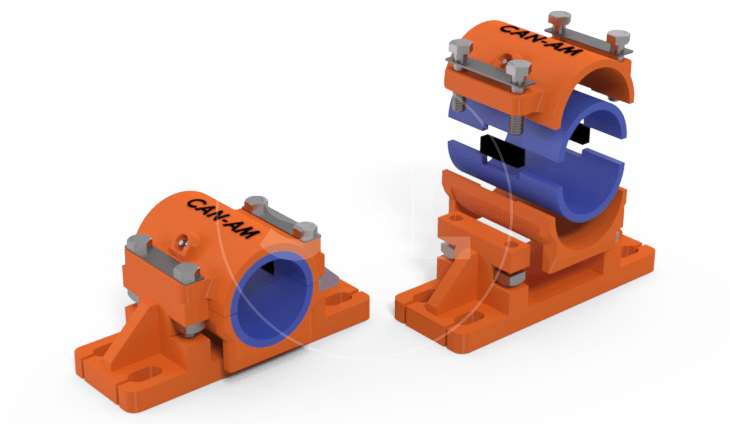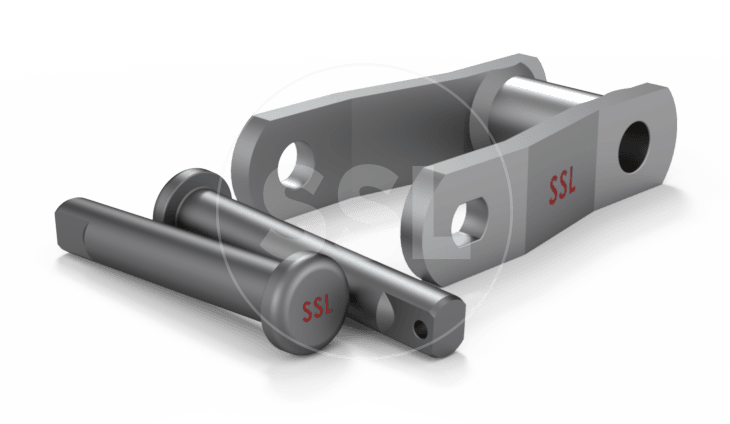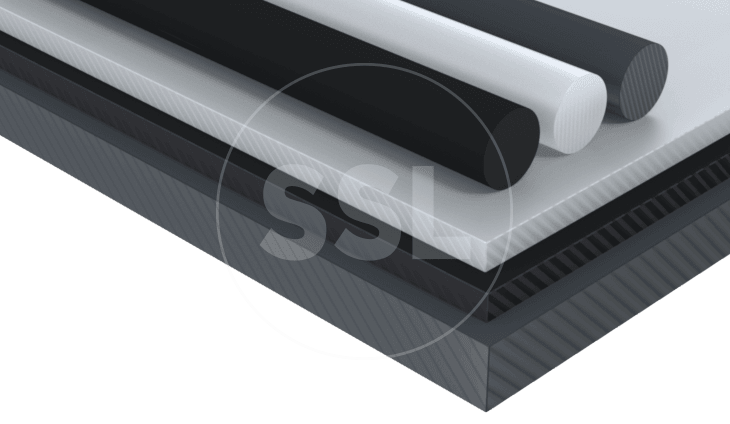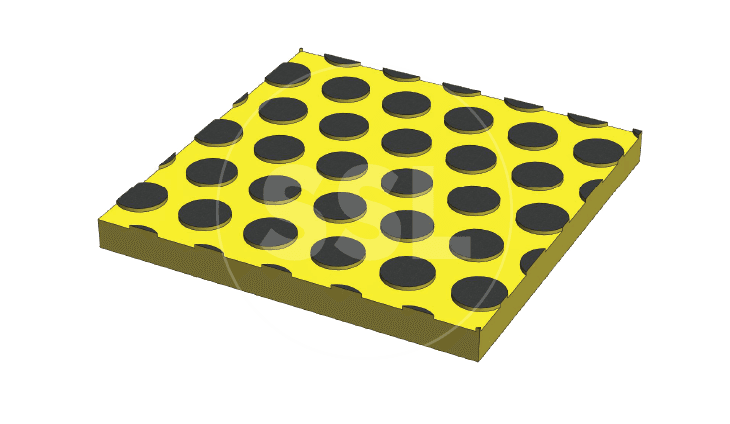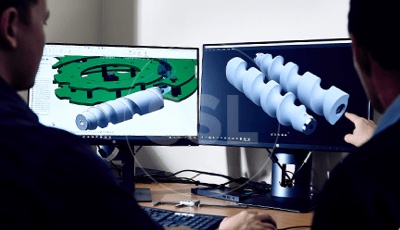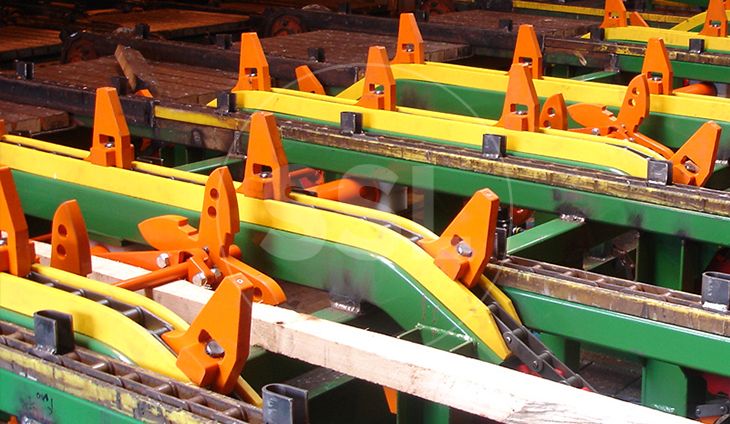CNC Plastic Machining Services
Grinding
In grinding, the overall effect of cutting, workpiece, delivery and feed movements results in a continuous chip removal from the surface being processed. The grinding result is influenced by the grinding machine being used, the working parameters of the grinding process, the material to be processed, and the roundness/straightness of the semi-finished product.




Cooling and cooling lubricants
It is possible to use a cooled cutting surface to improve both the surface quality and tolerances of the machined plastics parts, and also to allow the faster feed rates and consequently reduced running times.
If cooling is required, it is recommended to cool via:
- The chippings
- Using compressed air
- Use of water-soluble coolants
Commercially available drilling emulsions and cutting oils can also be used
Currently there is a trend towards using dry machining with engineering plastics. As there is now sufficient experience available in this area, it is frequently possible to do without the use of cooling lubricants. Exceptions for thermoplastic machining processes are:
- Deep drill holes
- Thread cutting
- Sawing reinforced materials
Dry Machining has advantages, such as no media residues on the components, which is great for components used in the medical device and food technologies. Dry machining eliminates any issues that might arise from coolant interacting with the material such as swelling, dimensional changes, tension, tearing etc
If you are machining amorphous plastics, avoid using coolants as materials are liable to develop tension tearing. If cooling is imperative, parts should be rinsed in pure water or isopropanol right after machining.
Supply Services Limited has manual and CNC machining shops located in Auckland, Mount Maunganui, and Christchurch. We are specialists in machining semi-finished plastics into finished plastic components for a wide range of customers New Zealand wide. Our expertise allows us to produce machined finished parts that are dimensionally accurate without introducing stresses and distortion to the part.
Compared to metals, plastics have a wide range of benefits to offer, although a few restrictions must also be kept in mind. The use of plastics is possible in those areas where a favourable ratio between weight and strength is required. Machining is the fastest and most economical way to produce precise components, especially in small volumes. Very narrow tolerances can be achieved using machining procedures.
With decades of experience in machining engineering and high-performance plastics, we can produce your precise components from our vast range of plastics using our in-house machining capabilities.


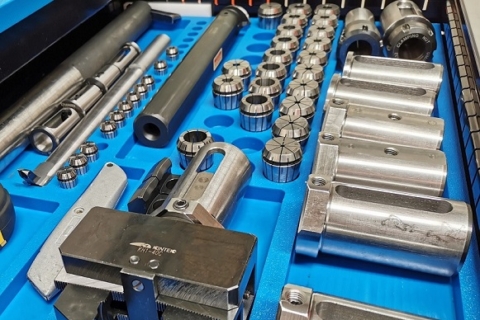

Differences between plastics and metals
Benefits over metal
- Low density
- Noise and vibration damping
- Electrical insulation
- Chemical resistance
- Corrosion resistance
- Thermal insulation
- Application specific modification possible
Limitations compared to metal
- Lower thermal resistance
- Greater thermal expansion
- Lower mechanical properties
- Poorer creep resistance
Possible consequences, if not observed
- Too much heat input in the component can lead to high stress levels and thus warping or fracture
- Excessive heat input causes expansion of the plastic – the required tolerances of machined parts cannot be maintained
- Inadequate fixation can lead to deformation during machining
Tools for machining plastics
Normal commercially available machines from the wood and metal working industries can be used with tools made of high-speed steel (HSS) for the machining of plastics and semi-finished products. In principle, tools with cutting edge angles like those used with aluminium are suitable, but special tools for plastic with a sharper wedge angle are the preferred choice.
Hardened steel tools should not be used for processing reinforced plastics, due to the low holding times and the long processing times. In this case, the use of tungsten carbide, ceramic or diamond tipped tools is best. Circular saws fitted with carbide tipped saw blades are ideal for cutting plastics.
Plastics can be cut using a band saw or circular saw. The choice depends on the shape of the stock shape. Heat generated by tools when processing plastics can damage the material, so the right saw blade must be used for every shape and material. Band saws work well for cutting to size round rods and tubes, while circular saws are suitable for cutting sheets to size with straight edges. Tungsten carbide saw blades wear well and provide an optimum surface finish.
Plastics can be processed on commercially available lathes. For optimal results, however, specific plastic cutters should be used.
Plastics can be milled using customary machining centres. This should be done using tools with adequate chip space to guarantee reliable discharge of chips and prevent overheating.
Surface quality, reworking and de-burring
To obtain a good surface quality, the only tools used should be suitable for plastics, and well sharpened and smooth. Flawless, high-quality finished surfaces can only be achieved with low-vibration machines. Coolants should be used for processes involving the generation of high levels of heat (such as drilling).
Drilling
When drilling plastic components, select a method suitable for plastic materials to avoid defects. Otherwise, there is a danger of breaking, tearing, overheating or dimensional deviations of the drill holes. When drilling, attention must be paid to the insulating characteristics of plastic. These can cause plastics (especially semi-crystalline ones) to quickly build up heat during the drilling process, particularly if the drilling depth is more than twice the diameter. This can lead to “smearing” of the drill and an inner expansion arising in the component, which can lead to compressive stress in the part (especially when drilling into the centre of round rod sections). The stress levels can be high enough to cause a high level of warping, dimensional inaccuracy, or even cracks, fractures and bursting open of the finished component or blank. Appropriate processing for the material will prevent this.
Supply Services can help!
If you are looking for a plastic machining service, Supply Services can help. We offer CNC machining and cut to size plastics along with other services. Whatever you’re engineering, we can help. Our technical solutions specialists are only a phone call away, get in touch with us today on 0800 102 112
Want to learn more about our range of engineering and high-performance plastics?
Take a look at some of these blogs and videos below…
- Blog on our range of Acetal rod, tube and sheet
- Blog on nylon plastic for engineers
- Blog on UHMWPE sheet, rod and tube
- View and download a copy of our latest brochure on our range of standard, engineering and high performance plastics, plus industrial composites
Download Ensinger Plastics “Machining Guidelines for Semi-Finished Plastics”


